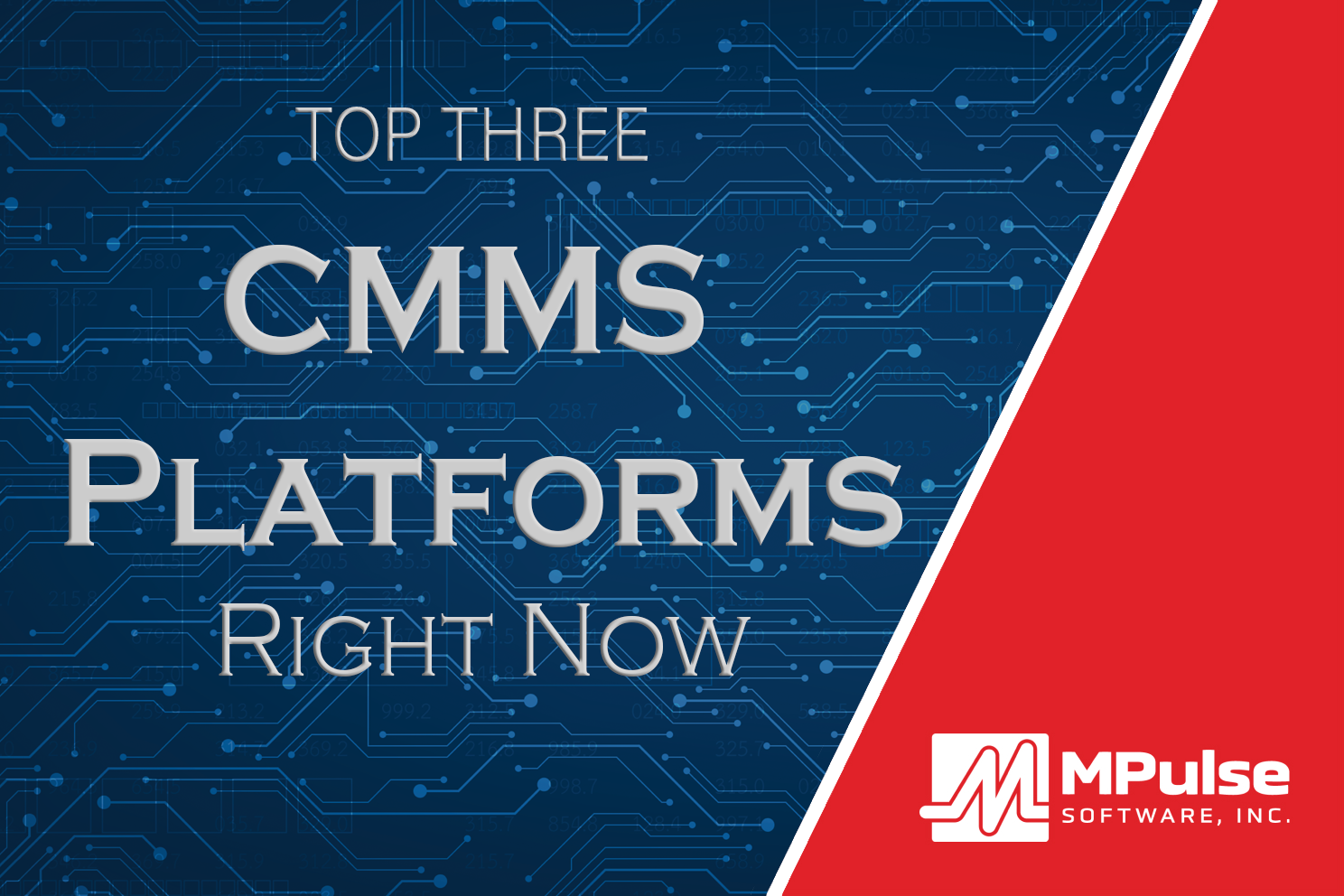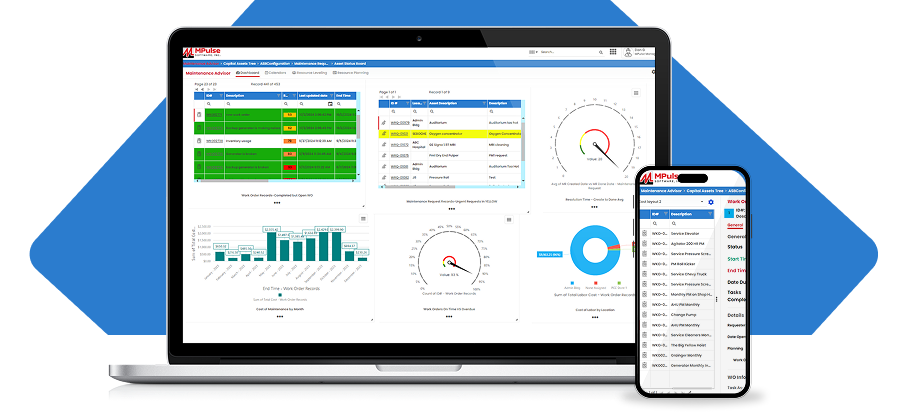Keeping a building safe and up to code is one of the most important jobs for any facility manager. Whether it’s a school, hospital, office, or factory, people rely on these spaces to be safe, clean, and in good working order.
But with so many schedules, inspections, and regulations, it can be tough to stay on top of everything.
CMMS helps facility maintenance teams plan, track, and manage maintenance work. It doesn’t just save time. It also makes a big difference when it comes to safety and compliance. Let’s break down how.
Table of Contents
CMMS Helps Make Facility Safety a Priority
Accidents often happen when small issues go unnoticed. Using CMMS in facility maintenance helps prevent issues by keeping track of maintenance tasks and scheduling reminders for maintenance teams.
For example, if air conditioning unit in a school isn’t cleaned and serviced on time, it could spread dust, mold, or even break down in the middle of a heatwave. With CMMS, the system automatically creates a work order for routine cleaning and alerts the maintenance staff before the problem grows.
By keeping equipment in good shape, facilities reduce risks like:
- Electrical failures that could cause fires or other damage
- Leaks or water damage that might lead to mold or other problems
- Poor air quality from dirty HVAC systems
- Blocked emergency exits or broken fire equipment
- Unsafe equipment or machinery
- Structural problems in the building itself.
When everything functions properly, the whole building becomes a safer place for the people inside.
Staying Ahead of Compliance
Every building has rules to follow. These regulations and compliance standards come from government agencies, safety boards, and industry groups. They might include fire safety codes, health inspections, or workplace safety standards from the Occupational Safety and Health Administration (OSHA).
Failing to meet these standards can lead to big problems, like fines, lawsuits, or even being shut down. More importantly, it can put lives at risk. But CMMS can help.
CMMS stores inspection dates and makes sure nothing is missed.
Instead of relying on sticky notes, paper calendars, or memory, CMMS keeps all inspection dates in one place. It automatically schedules the next due date so teams don’t forget important tasks like fire alarm tests, elevator inspections, or water quality checks.
You can keep records of all maintenance work for proof during audits.
When inspectors ask for evidence, a CMMS makes it easy to pull up detailed reports. Every work order includes the date, technician’s name, and notes on the task. This process creates a digital paper trail that shows the facility followed the rules.
Maintenance software sends alerts when compliance checks are due.
CMMS doesn’t wait for someone to remember. It sends notifications ahead of time. That way, safety checks, certifications, and license renewals are never a surprise.
Your team can track safety equipment tests.
Items like fire extinguishers, sprinklers, and emergency lighting all have strict testing schedules. CMMS tracks when each test was last done and when it’s due again, making sure nothing slips through the cracks.
Your organization can standardize procedures.
With CMMS, managers can create step-by-step instructions for compliance tasks. As a result, every technician follows the same process, reducing mistakes and keeping work consistent across the whole team.
CMMS provides digital access to regulations.
Some CMMS platforms allow teams to upload compliance checklists or manuals directly into the system. That way, staff have the correct guidelines on hand while doing inspections.
You can create easy-to-share reports.
When leadership or inspectors need updates, CMMS can generate reports with a few clicks. These reports show proof of compliance and highlight areas that need improvement.
Better Organization = Fewer Mistakes
CMMS keeps everything in one central system. Work orders, inspection results, safety checks, and equipment manuals are all stored digitally. Everyone on the team can see what needs to be done and when. This ability reduces confusion and mistakes.
For example, instead of three different people thinking someone else handled a fire extinguisher inspection, the CMMS shows exactly who did it, when it was done, and whether it passed or failed.
Quick Response to Emergencies
Even with great preventive maintenance, emergencies sometimes happen. When they do, a fast response makes all the difference.
CMMS helps teams react quickly by allowing staff to submit emergency work orders from their phones, showing technicians where equipment is located and how to fix it, and tracking response times so managers can see how quickly problems are resolved.
For example, if a water pipe bursts in an office, staff can immediately log it in the CMMS. The system alerts the right technician, who can see the repair history and get the job done faster. That prevents bigger damage and keeps the workplace safe.
Creating a Culture of Accountability
One of the biggest benefits of using a CMMS is accountability. When safety and compliance tasks are logged, tracked, and reported, everyone knows what they are responsible for.
Managers can see which tasks are overdue, which ones are complete, and who handled them. Instead of rushing through jobs or skipping steps, technicians know their work matters to the bigger picture.
Over time, this creates a culture where safety is not just a checklist, it’s part of daily operations.
Long-Term Benefits of CMMS in Facility Maintenance
Using a CMMS for safety and compliance isn’t just about avoiding accidents and fines today. It also builds long-term benefits for facilities.
Benefit #1: Lower costs from fewer emergency repairs and legal issues.
Emergency breakdowns are expensive. Not only do they require urgent labor and parts, but they often cause downtime that disrupts daily operations. On top of that, failing inspections or breaking safety rules can lead to fines or lawsuits. CMMS helps prevent these costs by scheduling preventive maintenance and keeping facilities in compliance, saving money over the long run.
Benefit #2: Stronger reputation with staff, customers, and inspectors.
People notice when a building is safe, clean, and well-maintained. Employees feel valued when they work in a safe environment, customers trust businesses that care about safety, and inspectors appreciate when a facility is organized and compliant. A good reputation builds confidence and strengthens relationships with everyone who interacts with the facility.
Benefit #3: More reliable equipment that lasts longer and works better.
Every piece of equipment has a lifespan, but proper care can stretch it further. CMMS ensures that assets like HVAC systems, elevators, and generators are serviced on time, reducing wear and tear. The result is equipment that runs more efficiently, breaks down less often, and provides value for years instead of failing early.
Benefit #4: Peace of mind knowing the facility is a safe place to work, visit, or live.
Safety isn’t just about following rules, it’s about protecting people. When managers and staff know that inspections are up to date and maintenance is handled on schedule, they can focus on their jobs without worrying about hidden risks. That peace of mind spreads to everyone in the building, from visitors and tenants to leadership teams.
Benefit #5: Better planning for the future.
Because a CMMS collects data over time, it helps managers see trends and plan ahead. For example, if the system shows that a boiler has needed frequent repairs, the facility can budget for a replacement instead of waiting for it to fail. This proactive approach keeps operations running smoothly and prevents costly surprises.
Improving Safety and Compliance in Facility Maintenance
Safety and compliance in facility maintenance are non-negotiable. They protect people, equipment, and the reputation of the organization. CMMS makes it much easier to stay on top of these responsibilities by organizing tasks, preventing accidents, and keeping records.
Instead of reacting to problems, facility teams can stay one step ahead. The result? Safer buildings, smoother operations, and a team that feels confident about meeting compliance standards every time.
Have questions about using CMMS in facility maintenance? Contact MPulse. We can help.






